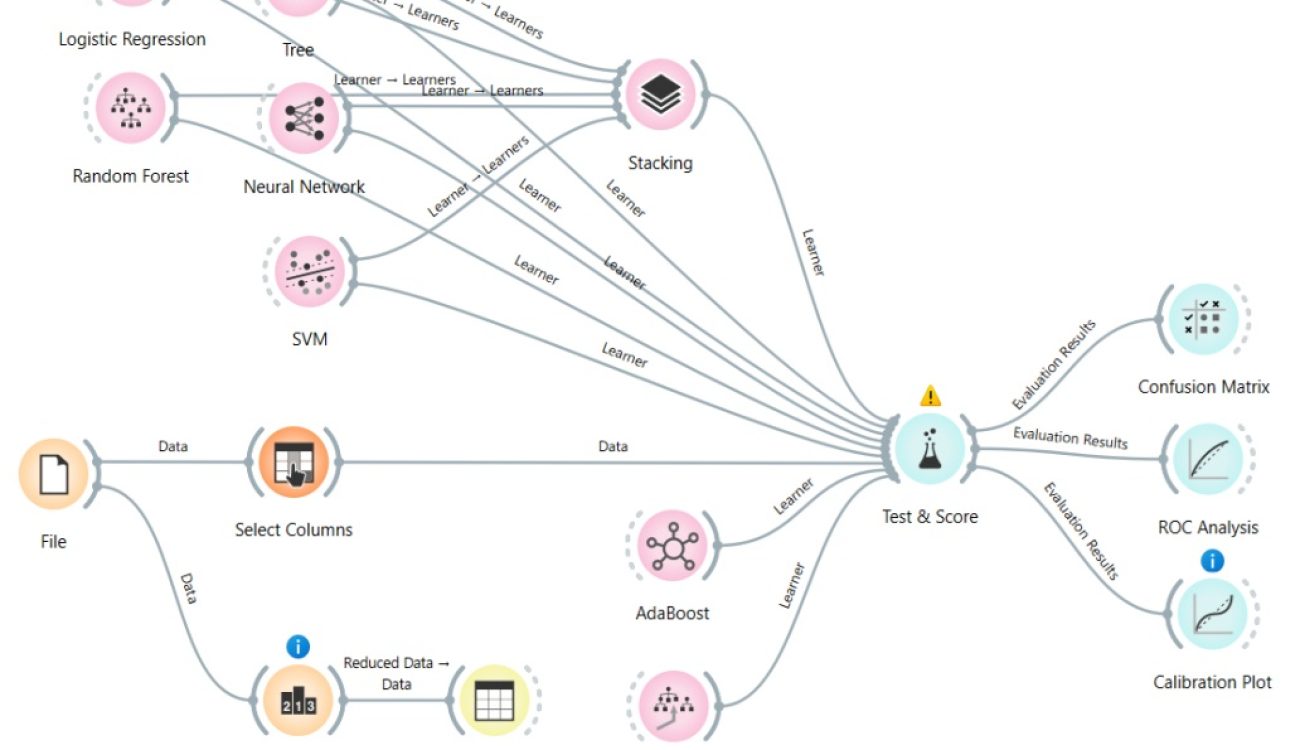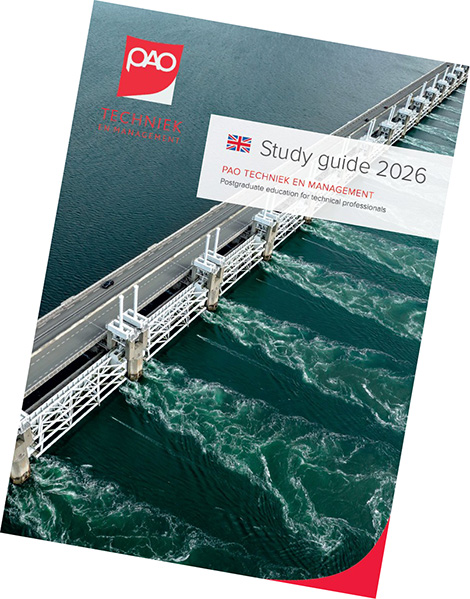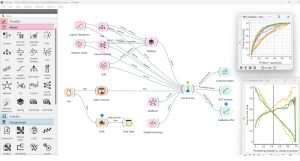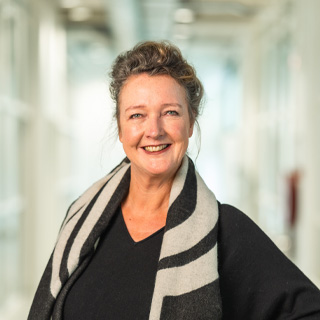How Orange makes Data Science understandable

Data analysis, machine learning and artificial intelligence are often seen as fields reserved for specialists. But with the right tools, nearly anyone can get started, even without programming knowledge. A great tool for this is Orange, a visual and intuitive open-source software program that course leader and data expert Koo Rijpkema has been successfully using in data science education for years. “I often compare Orange to Lego. You build an analysis from basic components and immediately see what happens.” We spoke to Koo about the advantages and ease of use of Orange and how he helps his course participants to get started with using the tool in their daily practice.
Orange is an open-source analysis tool based on Python, but you don’t need to write a single line of code yourself. Users build their workflows by connecting visual elements - so-called ‘widgets’. “You drag the components into view, link them, adjust a few parameters, and instantly see the effect on your data or model”, Koo explains. This approach offers speed and clarity. “It’s not only convenient, it also helps people better understand why a model behaves a certain way. That kind of insight is much harder to gain if you first have to spend a long time on programming.”
Courses with impact
Koo uses Orange in the PAOTM courses Essentials of Predictive Analytics and Practical Data Science. These courses are available to individuals and are also organized in-company, recently for example at SPIE, Witteveen+Bos and Endress+Hauser. “It’s ideal for helping participants quickly get started with data-driven work. Within ten minutes, they have their first model up and running.”
In that context, Orange also proves to be particularly suitable for prototyping: exploring different techniques on small datasets. “An engineer or analyst can test and compare regression, decision trees or support vector machines with just a few clicks. It’s not only educational, it is also a practical first step toward applying data science within their own organization”.
No prior knowledge required – results achieved
One of Orange’s biggest advantages is its low entry threshold. “You don’t need to be a programmer”, says Rijpkema. "Even high school students in Slovenia – where Orange was developed – learn to use it. At the same time, we can also use it in our courses to explain advanced techniques, such as regularization, ROC curves, or model stacking.”
That approach works. “Almost everyone I show Orange to, wants to start experimenting with it”, Koo says enthusiastically. “It encourages trial and error. And that’s exactly what you need to truly understand data science: doing it yourself, making mistakes yourself, improving it yourself.”
Broad applicability
Orange isn’t just for data specialists or engineers. Managers and policymakers can benefit too. “They often have to make decisions about AI projects or data initiatives. When they experience firsthand in a course what it means to build a model or adjust parameters, they gain more insight. They see what’s technically going on and why a model may be unstable or unreliable.”
According to Rijpkema, this is especially valuable for organizations working on developing data literacy - the ability to critically engage with data. “Orange helps a lot in this regard, because you quickly and visually discover how a model behaves. And because it’s freely available, people can continue using it after the course.”
Flexible and expandable
In addition to its core functionality, Orange offers numerous extensions, for example for text mining, image analytics or time series analysis. “The platform is flexible enough to support specialized applications as well.” Koo also praises the program’s stability and continuity. “Orange is developed by the University of Ljubljana. It’s solid, stable, and clearly has an educational mission behind it.”
Experience leads to understanding
What makes Orange truly unique, according to Koo, is that it gives participants the space to explore and gain insight on their own. “Our courses are not about learning Orange; they’re about understanding models. What happens when I increase this parameter? Why does a random forest perform better here than a regression model? Thanks to Orange, you can investigate those questions right away.”
Whether it’s training PhD students at the university or supporting data initiatives in the corporate world; Orange plays a central role in Rijpkema’s educational philosophy. The same applies in his courses at PAOTM: “You don’t learn to swim by reading a book. And you don’t learn data science just by focusing on its theory. You have to do it. Orange makes that possible.”
Get started yourself
Are you planning to get started with Orange soon, or are you curious about the possibilities of the software in combination with the latest insights in predictive analytics or other data science topics? Check out the courses Koo teaches below. No course dates available? Register your interest! Or let us know if your team has a knowledge question; we’ll gladly help with a custom-made in-company course.

Course leader

dr. Koo Rijpkema
“For me, teaching means sharing knowledge and passion, inspiring and fascinating people through the application of statistics.”
Program manager
Why PAOTM
-
The latest post-academic knowledge and skills
-
Focused on questions that arise in a technical environment
-
Interactive and directly applicable in practice
-
Top teachers from science, research and business
PAOTM is rated with an average of
Download the Study Guide
Would you like a complete overview of all our courses and trainings? Download the digital study guide!









